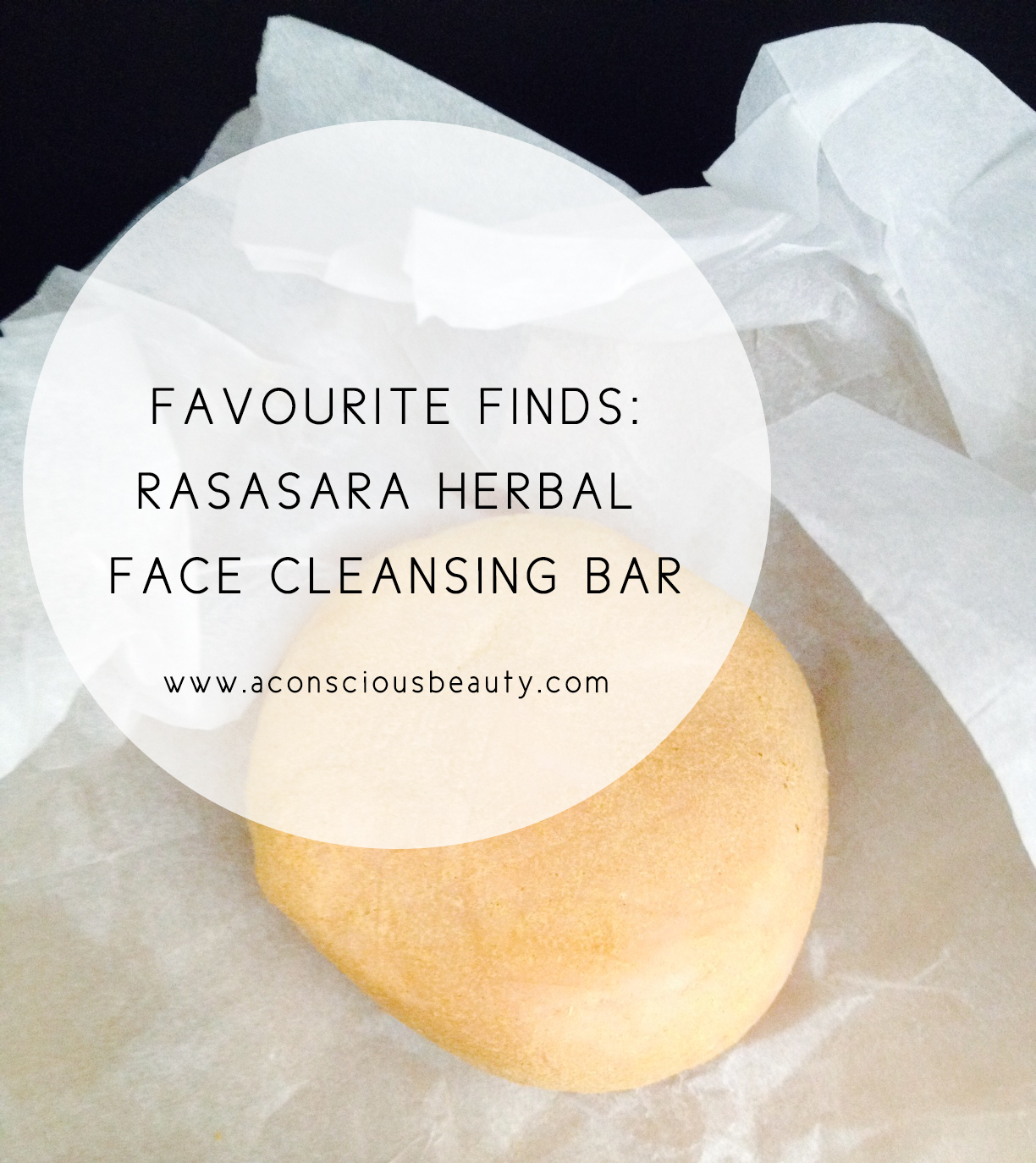
As an 80’s child growing up in New Zealand, I have fond memories of mum lathering any old commercial sunscreen on my body, head to toe. 25 years later and through my own journey, I have come to realise that there is so much more to your average sunscreen than we are lead to believe.
So why all the fuss you ask? How could something doing us good potentially do the reverse?
Let’s begin at the beginning. But before we get into the science of it, now might be a good time to let you in on my number one resource for examining chemicals in our beauty products:
The EWG (Environmental Working Group) is a non-profit US-based organisation and their site is quite extraordinary. What impressed me most was that each year they analyse several hundred sunscreen based products under key criteria. These include: the potential to disrupt hormones, skin allergen, effect if inhaled on the respiratory system and where there are any potential reproductive concerns.
I get a little nervous reading that list – don’t you beautiful? So why don’t we find out what is in our commercial sunscreens that gets us a little twitchy.
The EWG explain that sunscreens are grouped into two active ingredient types: mineral or chemical filters.
Mineral sunscreens form a protection barrier on the top of the skin while chemical filters act to filter the UVA rays before they penetrate the skin. The biggest issue with chemical filters is that they may break down and get into our bloodstream. When this happens it has been reported that the chemical filters display hormone mimicking activity. Research has revealed evidence of these chemicals in mother’s breast milk.
So which particular chemicals do I avoid and why?
The 3 most important ingredients to eliminate according to the EWG are:
1. Oxybenzone
This is probably the number one chemical to avoid according to the EWG. Oxybenzone has been found to penetrate the bloodstream and have oestrogen mimicking effects. With this oestrogen mimicking effect, studies have linked the chemical to incidences of endometriosis in older woman and lower birth weight daughters. There is a high risk of allergic reaction.
2. Retinyl Palmitate (Vitamin A palmitate)
Vitamin A is commonly found in night creams for its antioxident and therefore, anti-aging properties. However, when exposed to sunlight the EWG reports that it may in fact speed up the production of malignant cells.
3. Fragrance
You may recall we dived into the world of fragrance last year on the blog in our green beauty 101 series. The biggest issue with fragrance is hormone disruption. Yes it might smell coconuty sweet, like an endless summer, but really it’s just messing with your womanly gold (hormones).
What to look for in a natural sunscreen?
In addition to eliminating the above, I would also suggest looking for a sunscreen that contains the following:
Fragrances from essential oils or coconut extract, is oil based for moisturising and easy absorption into the skin (these oils might include Jojoba, Shea Butter, Safflower Oil, and combines soothing Aloe Vera.
Zinc Oxide vs. Titanium Dioxide?
Our first choice is with Zinc Oxide, primarily because of its ability to protect us further against UVA rays. Zinc Oxide may result in a sunscreen that leaves a white film on the skin.
Now we get to the best bit. Now that you’ve ditched those chemical-laden options, what Australian-made brands could you add to your shopping cart:


